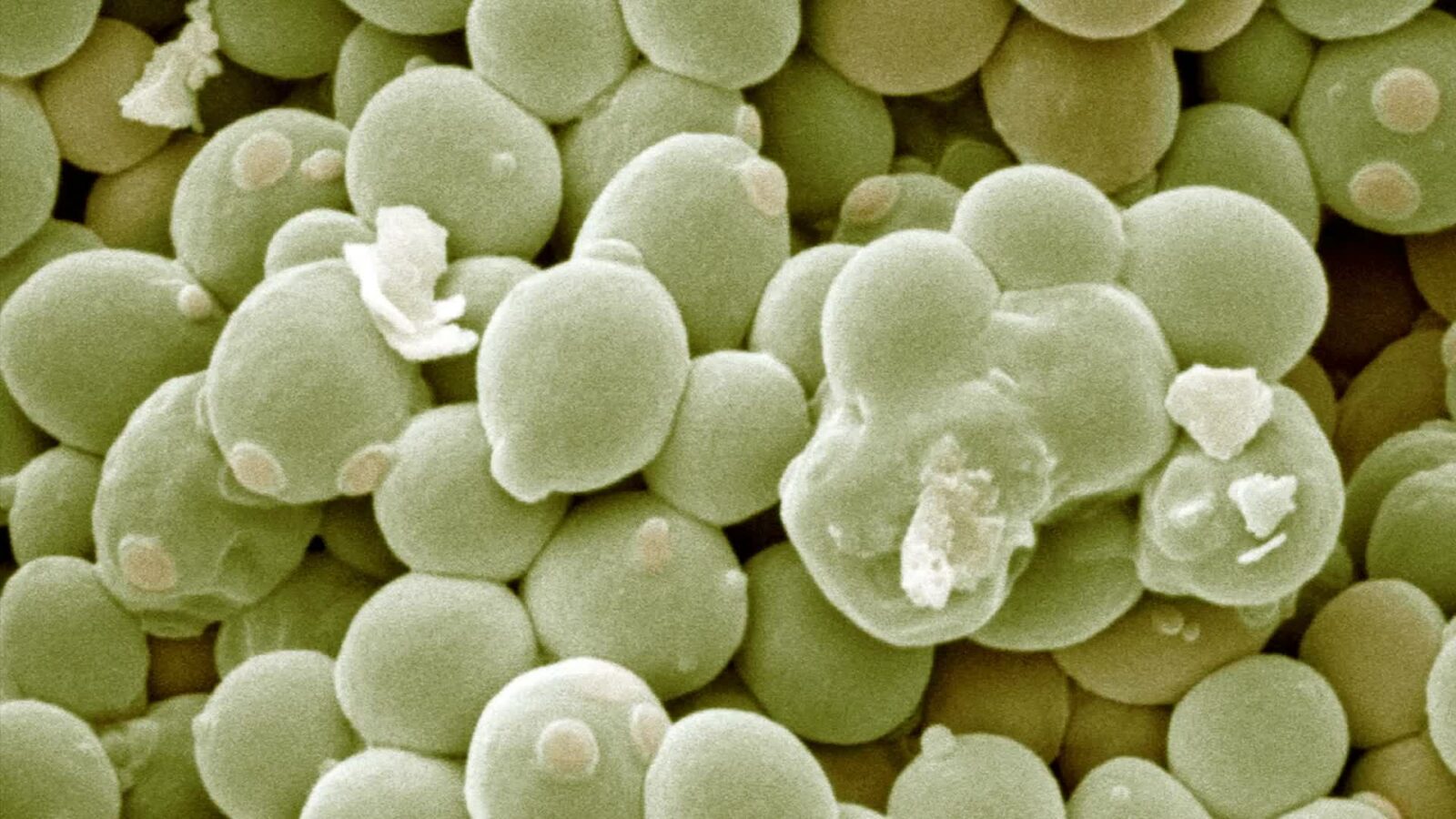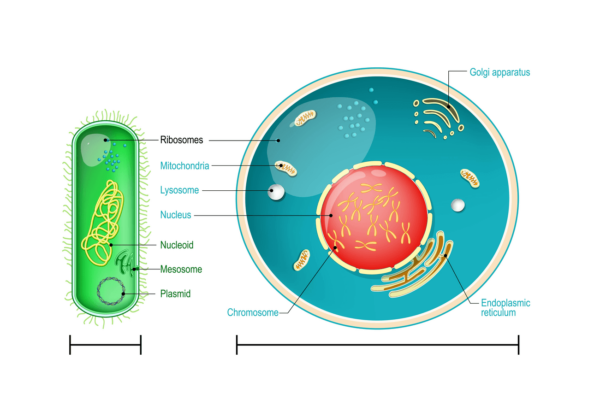Saccharomyces cerevisiae: AKA “brewer’s yeast” or “baker’s yeast”
The scientific name “Saccharomyces” is derived from the Greek word meaning “sugar fungus” while “cerevisiae” comes from Ceres the Roman Goddess of the growth of food plants and crops.
Saccharomyces cerevisiae (S. cerevisiae) is a species of yeast or single-celled fungus microorganism known since early times for its fermentation properties and used in baking, brewing, and winemaking. Today, it is also used as a unique probiotic to support gut health as well as being used for a variety of other applications.
Despite its long history, S. cerevisiae‘s name is relatively unknown even though it is one of the most common types of yeast used. In fact, without even knowing it, when most people speak of “yeast,” it is Saccharomyces cerevisiae that they are often speaking of. Today, however, most people are more familiar with it by the names “brewer’s yeast”, “baker’s yeast”, “budding yeast”, or as the main component of most nutritional yeasts and yeast extracts.
Whether one is aware of it or not S. cerevisiae is everywhere and widely used and consumed across the globe.(1)
Saccharomyces cerevisiae is ALIVE!
Saccharomyces cerevisiae is a unicellular fungus that reproduces by budding from a pre-existing cell, and which presents the main components of a typical eukaryotic cell. Its cell wall is a dynamic structure relatively rigid that provides cell protection, and osmotic support and determines cell shape. S. cerevisiae cells are round to ovoid and are approximately 5–10 micrometers in diameter.(2)
All strains of S. cerevisiae can grow aerobically on glucose, maltose, and trehalose. However, they fail to grow on lactose and cellobiose. S. cerevisiae growth on other sugars varies. Galactose and fructose are shown to be two of the best fermenting sugars. The ability of S. cerevisiae to use different sugars can differ depending on whether it is grown aerobically or anaerobically. Some strains cannot grow anaerobically on sucrose and trehalose.(3)
In nature, S. cerevisiae is most commonly found on the skin of ripe fruits, such as grapes. S. cerevisiae can also be found in the bark of some tree species, as well as on some insects.
Fun Fact:
S. cerevisiae is one of the most intensively studied eukaryotic model organisms in molecular and cellular biology.
Saccharomyces cerevisiae’s use in baking
If you have done any baking odds are the yeast that you used was Saccharomyces cerevisiae.
During fermentation in bread-making, Saccharomyces cerevisiae as yeast produces carbon dioxide and modifies the physical properties of dough through the action of enzymes.
First, the yeast ferments sugars which it directly assimilates and is naturally present in the flour. The second phase corresponds to the fermentation of sugar found in flour called maltose. Glucose is transformed by Saccharomyces cerevisiae into carbon dioxide (which gives volume to bread and the honeycomb shape of the crumb) and alcohol (evaporated when baked). Saccharomyces cerevisiae yeast also produces aromatic compounds that contribute to the aroma and taste of bread. Lastly, during baking, fermentation is activated by heat and ends when the temperature reaches 50°C.
Brewer and winemakers’ “secret ingredient”
In the absence of air, Saccharomyces cerevisiae cells transform sugars into carbon dioxide and alcohol. This process is what changes simple barley or wheat into beer and grapes into wine.
In beer brewing, saccharomyces cerevisiae is sometimes referred to as a top-fermenting or top-cropping yeast. Yeast not only plays a major role in the fermentation process, in brewing but also the aromatic qualities of the end product. Different types of strains are often brewers’ “secret ingredient.” Depending on the temperatures used in fermentation, the same strain can produce different flavors.
Saccharomyces cerevisiae is also the main strain used in winemaking. Yeast in winemaking is used for the fermentation process just like in brewing. As the yeast makes alcohol through feeding, it also produces fermentation aromas (fruity, peach, rose, etc.) and secondary aromas, known as varietal aromas, associated with specific grape varieties. These secondary aromas can only be revealed by using specific types of yeast during the fermentation process (vanilla spice or toasty notes).
How Is Yeast Used in Fermented Drinks?
Nutritional yeast = saccharomyces cerevisiae
In recent years, many people have started consuming a specific type of yeast called nutritional yeast or also known as NOOCH. In fact, most nutritional yeasts are made with the yeast strain Saccharomyces cerevisiae. It can be used in dietary supplements, seasonings, and functional foods. Nutritional yeast can also provide appealing nutritional contributions.
So, what exactly makes nutritional yeast made with Saccharomyces cerevisiae so exceptional?
Many things!
It is a valuable source of protein. These proteins contain all the essential amino acids that people should get in a healthy diet. Source of dietary fiber, Saccharomyces cerevisiae yeast also contains several vitamins like thiamine (B1), riboflavin (B2), niacin (B3), Pyridoxine (B6), and folic acid (B9) (4). This makes nutritional yeast a potentially interesting source of vitamins for all, including vegans and vegetarians.
Nutritional Yeast, Your Health Ally
Now that you know what Saccharomyces cerevisiae is, you can tell your friends about all its wonderful uses and benefits the next time you are baking bread together or enjoying a tasty glass of wine or beer!




